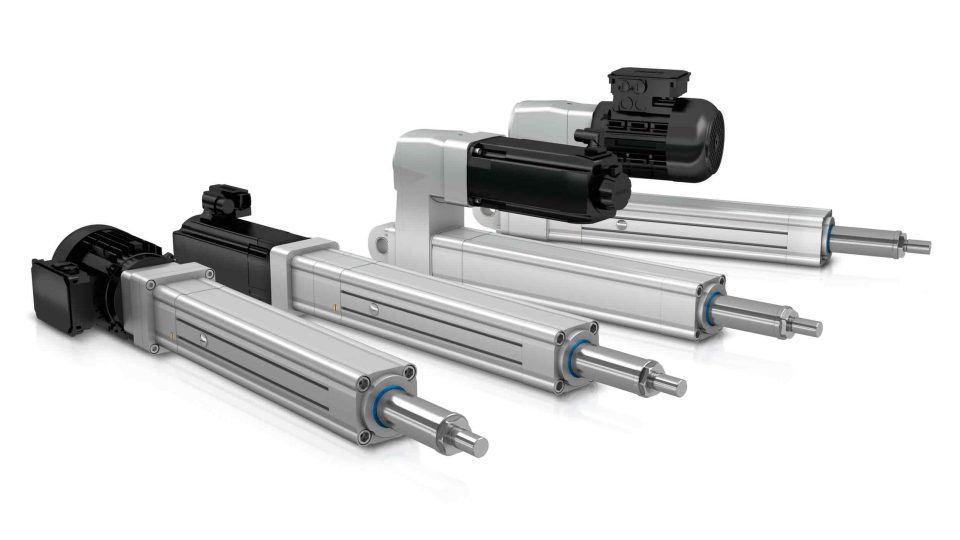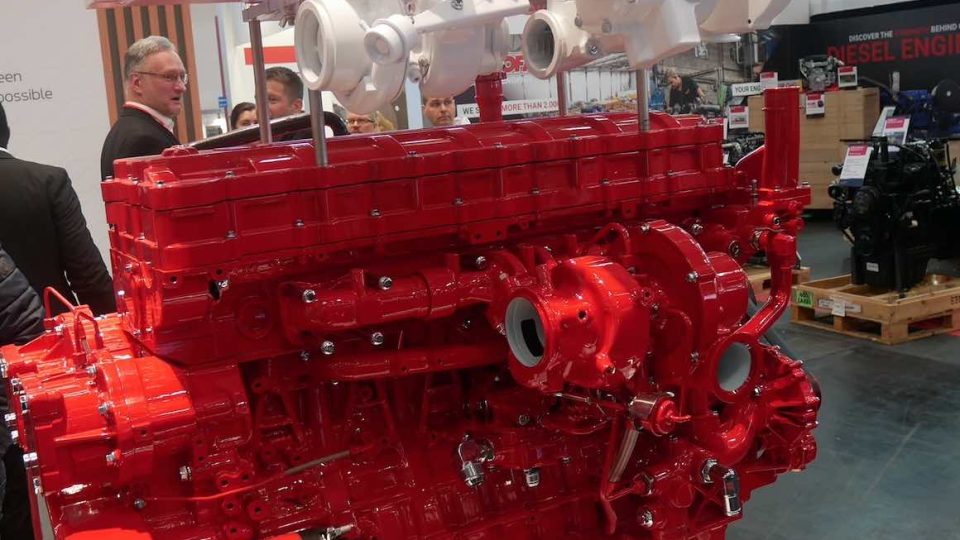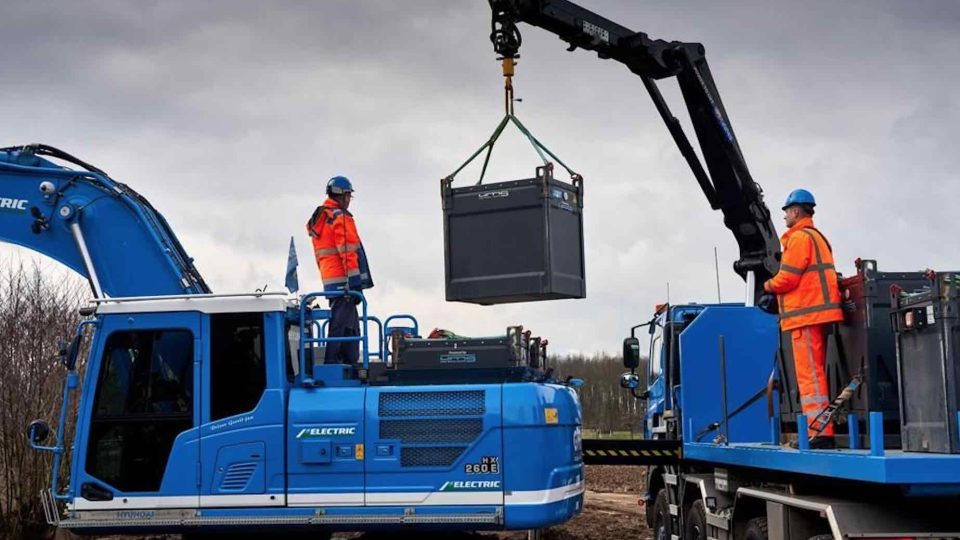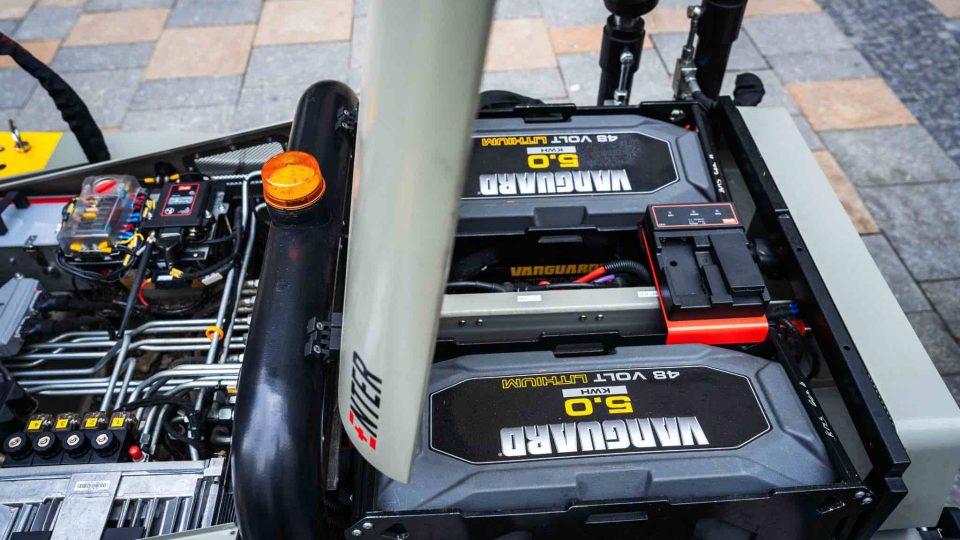Offshore hydrogen production: news from Lhyfe
Lhyfe announces that Sealhyfe, the world’s first offshore hydrogen production pilot, has produced its first kilos of green hydrogen in the Atlantic Ocean! Furthermore, the French company will coordinate the HOPE (Hydrogen Offshore Production for Europe) project
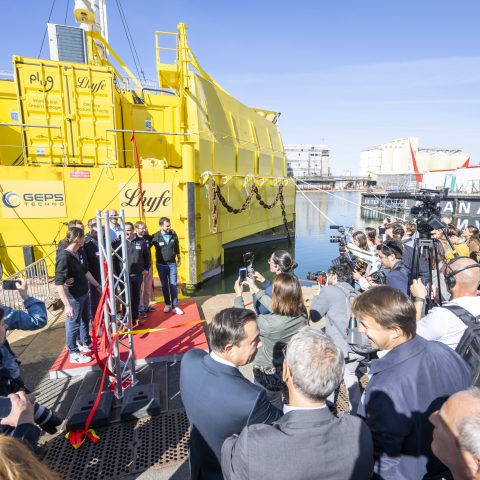
Lhyfe, one of the world’s pioneers in green and renewable hydrogen production, has announced that its offshore hydrogen production pilot, known as Sealhyfe, was successfully towed 20 kilometres out into the Atlantic and connected with the SEM-REV power hub. As of 20 June 2023, the platform began producing its first kilos of offshore hydrogen, marking a decisive milestone for the future of the sector. The progress of the Sealhyfe trial once again demonstrates Lhyfe’s ability to bring about concrete advances in the hydrogen industry and at great strides.
Sealhyfe: designed to meet unprecedented challenges
In launching the world’s first offshore hydrogen production pilot, Lhyfe wanted to prove the technical feasibility of such a project and acquire the operational experience needed to quickly scale up.
The company therefore voluntarily chose to confront Sealhyfe with the toughest conditions. It will be tested under real conditions, on a floating platform, which has been re-engineered to stabilise the production unit at sea (the WAVEGEM platform, engineered by GEPS Techno), and connected to Central Nantes’ SEM-REV offshore testing hub operated by the OPEN-C Foundation, which is already linked with a floating wine turbine (FLOATGEN, engineered and operated by BW Ideol).
For this, Lhyfe and its partners designed, built and assembled all of the technology necessary for producing hydrogen offshore, including the 1 MW electrolyser supplied by Plug, in just 16 months. The Sealhyfe platform, which is less than 200 sq. metres in area, is capable of producing up to 400 kilograms of hydrogen a day.
Eight months of trials at quay
From September 2022 to May 2023, Sealhyfe was moored at the Quai des Frégates, in the Port of Saint-Nazaire. Lhyfe and its partners have thus been able to draw knowledge from a series of start-up tests in order to approach the second phase of the project with confidence, and get the most out of the trials.
Following this first phase, Sealhyfe was towed this 19 May to the SEM-REV offshore testing site (below), 20 kilometres off the coast of Le Croisic (France). It was then connected to the site’s subsea hub via a dedicated umbilical cable that was specially designed for the hydrogen application. The system was restarted and on stream in just 48 hours.
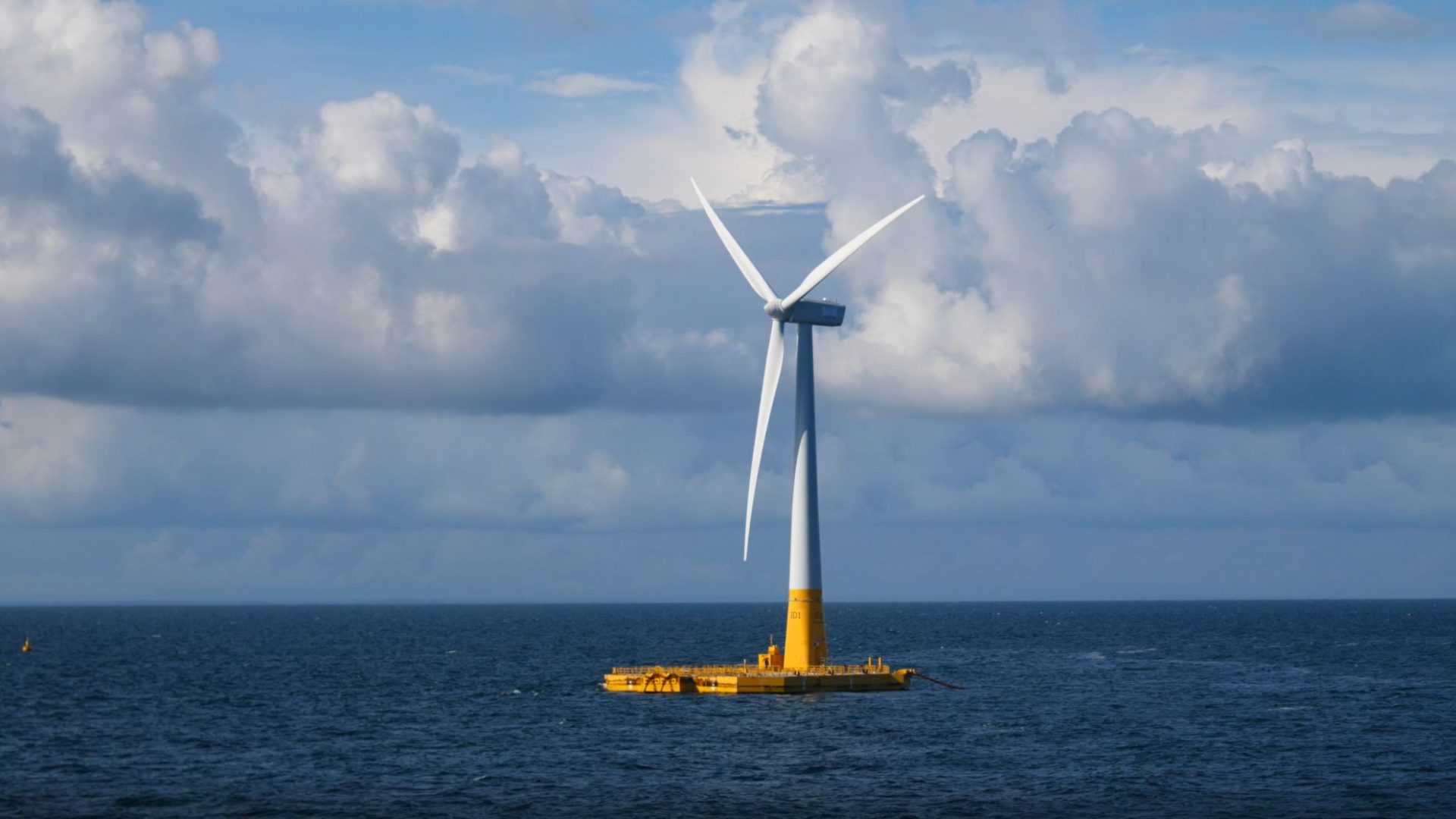
Lhyfe will now reproduce all of the tests carried out at quay several times in order to have a strict comparison of results and will then tackle additional offshore-specific tests.
Next steps in offshore hydrogen production: the HOPE project
As a logical follow-up to this first stage, Lhyfe just announced that the HOPE project, which it is coordinating as part of a consortium of nine partners, has been selected by the European Commission under the European Clean Hydrogen Partnership and is being awarded a €20 million grant. With HOPE, Lhyfe and its partners are moving up a gear and aiming for commercialisation. This unprecedentedly large-scale project (10 MW), which will be built off the coast of Belgium by 2026, will be able to produce up to four tonnes a day of green hydrogen at sea, which will be exported ashore by pipeline, and then compressed and delivered to customers.
Through these two pioneering projects in offshore hydrogen production, Lhyfe aims to validate industrial solutions which it will submit in response to future calls for projects from various governments, to help achieve the target set by the European Commission as part of the REPowerEU plan of 10 million tonnes of clean hydrogen produced in the European Union by 2030.
To achieve this, Lhyfe has already signed partnership agreements with wind turbine developers and offshore power specialists, such as EDPR, Centrica and Capital Energy.
Matthieu Guesné, Founder and CEO of Lhyfe said: “Our team – supported brilliantly by our partners – has achieved a genuine feat of technology in successfully designing this first floating green hydrogen production site. We are extremely proud to be the first in the world to produce hydrogen at sea. This has been our wish since the launch of the company and we continue to move very quickly on offshore, which for us represents a tremendous development opportunity for mass producing hydrogen and decarbonising industry and transport. We are continuing to build on the successes we have had so far, firstly to prove to the world that transition is possible today, and of course to accelerate it.”
HOPE will benefit from an ideal location, one kilometre from the coast, in the offshore testing area in front of the port of Ostend (Belgium), which aims to be the central link in the hydrogen chain in Belgium and has contributed to the development of the project since its inception.
The production site will be powered by electricity supplied under PPA (Power Purchase Agreement) contracts that guarantee its renewable origin. The water used for electrolysis will be pumped from the North Sea, desalinated and purified.
The production site will comprise three units: production and compression (at medium pressure) at sea, export by composite pipeline, then compression (at high pressure), storage and distribution onshore.
Expertise and role of partners
- Lhyfe (France): Engineering, equipment procurement, works supervision, operation, optimisation of the overall production, export and distribution system, project coordination.
- Plug (the Netherlands): Supply and engineering of the 10MW electrolyser.
- EDP NEW (Portugal): Contribution to the optimisation of operations and impact analysis. Steering of techno-economic studies for large-scale developments.
- POM West-Vlaanderen (Belgium): Project implementation support in the testing area (studies, permits) and analysis of the social, economic and environmental impacts of the project.
- CEA (France): Optimisation of operations via digital simulation.
- Strohm (the Netherlands): Supply of the subsea flexible thermoplastic composite pipeline (TCP).
- Alfa Laval (Denmark): Supply of the seawater treatment system.
- DWR eco (Germany): Communication and dissemination of project results throughout Europe.
- ERM – Element Energy (France): Coordination support.




